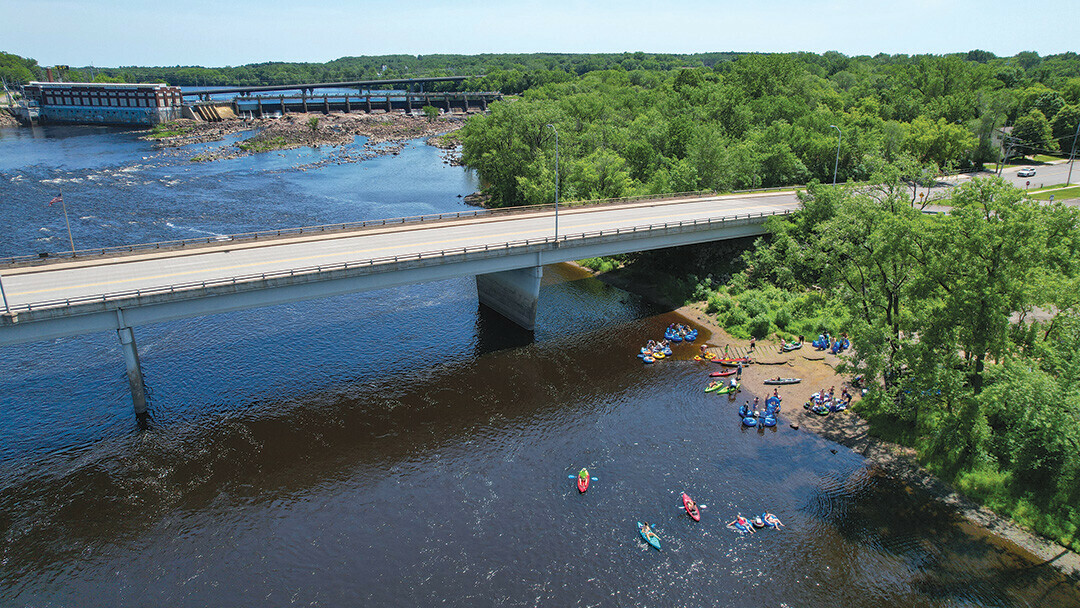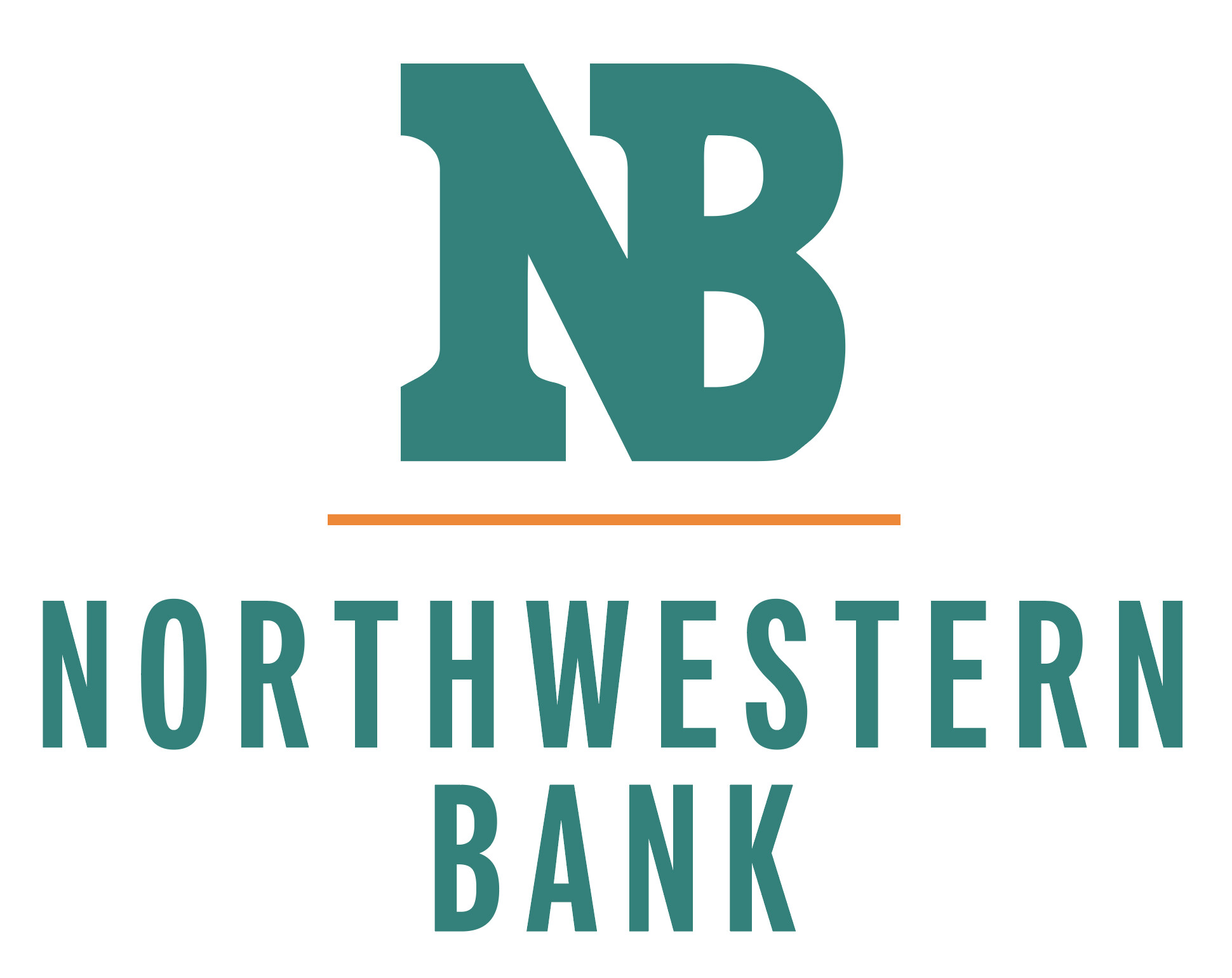PLANNING FOR GROWTH: Chippewa Falls Ready With Blueprint for Next 20 Years
new Comprehensive Plan addresses housing, development, and much more
Tom Giffey, photos by Beau Buckmaster / Up Up & Around |

A soon-to-be-adopted comprehensive plan will guide growth in the City of Chippewa Falls for the next two decades, as the community addresses a shifting population and its changing needs.
From housing to transportation to health care, the 2024-2044 Comprehensive Plan derives its direction from the people who live, work, and play in Chippewa Falls, said Brad Hentschel, Chippewa Falls city planner. Over the past year-plus, a steering committee sought input from members of the public about community values, including what things the city is doing well and what can be improved upon.
Fortunately, there seem to be more things in the first category than the second: 93% of respondents to a web-based survey agreed or strongly agreed that Chippewa Falls is a great place to live.
“We’ve always had a very generous, giving, philanthropic community,” Hentschel said. “People generally feel a connection to Chippewa Falls and they’re proud of it.”
The 255-page plan was scheduled to go to the city’s Plan Commission for a public hearing on May 13, then to the City Council on May 21 for final approval.
Chippewa Falls has experienced a fair amount of growth in the past five to 10 years – from the industrial park to Chippewa Crossing development, an area that’s exploding with commercial development. “That’s change, and change is sometimes hard in small communities and not always well-received,” Hentschel said. However, he added, the community seems to have embraced the changes.
“We have gotten younger over the last 10 years, which is very uncommon for communities our size. (That) tells us that we are attracting families with kids, and that’s helping to rejuvenate the energy surrounding our community.”
It probably helps that Chippewa Falls’ population is not only growing larger but growing younger, too – an anomaly for many communities, considering the size of the aging baby boom population. “We have gotten younger over the last 10 years, which is very uncommon for communities our size,” Hentschel said. “(That) tells us that we are attracting families with kids, and that’s helping to rejuvenate the energy surrounding our community.”
The draft plan includes two divergent estimates for the city’s population: The first projection – the “official” estimate calculated by the state Department of Administration in 2013 – forecasts that the city’s population will actually dip slightly by 2040. However, the results of the 2020 census outpaced this estimate by nearly 800 residents, so the committee that updated the Comprehensive Plan believes Chippewa Falls is on a path for continued steady growth. The committee’s alternative estimate shows the population rising from 14,371 under the 2020 census to 15,780 by 2030 and 16,904 by 2040.
“The success of the Chippewa Valley as a whole has blown (the state’s) projections out of the water,” Hentschel said.
Over the past few years, residential growth has been notable on the city’s far west side, where the Park West development includes several hundred new housing units, mostly multifamily apartments. Originally planned to unfold over the course of 10 years, the project is almost complete within three years, Hentschel said. There’s also been strong residential growth on the city’s far northeast side, in an area once known as Wissota Green, as well as numerous single-family homes being built on infill lots in the city.
Like many communities, Chippewa Falls faces a challenge in ensuring all its residents have affordable housing. To that end, the city created the BUILD-Chippewa Falls program (“BUILD” is an acronym for “Beautify, Uplift & Improve Local Dwellings”), which offers grants and loans to improve the city’s stock of affordable dwellings.
Another challenge was created by the sudden closure earlier this year of HSHS St. Joseph’s Hospital, which occurred when the plan was already well underway. This created a gap in medical services that will need to be addressed by the community. “There’s no manual on how to respond to a hospital closure,” Hentschel said.
Among the many other issues addressed in the plan are:
PUBLIC TRANSIT. In the future, the City of Chippewa Falls would also like to focus on expanding public transit options, which would particularly benefit people who work – or need to access healthcare – in neighboring Eau Claire. Hentschel said Chippewa Falls is working on a pilot program to link its shared ride system, which currently only operates within the city limits, with bus routes in Eau Claire.
BIKING AND WALKING. “People continue to want increased bike and pedestrian connectivity, so that will be something that we’ve got to strategize,” whether it’s through new trails or on-street bike lanes, Hentschel said.
COMMERCIAL DEVELOPMENT. The city wants to ensure that commercial development happening on the community’s edges, notably at Chippewa Crossing, doesn’t detract from the vibrancy of the downtown. It’s a sensitive topic, Hentschel acknowledged. “The challenge becomes getting those folks into downtown,” he said of people drawn to Chippewa Crossing. “How do we get them to take the extra five minutes, drive a little further into town to see what our downtown has to offer?”
Learn more about the City of Chippewa Falls’ draft 2024-2044 Comprehensive Plan by visiting www.chippewafalls-wi.gov and typing “Comprehensive Plan” in the search bar.

